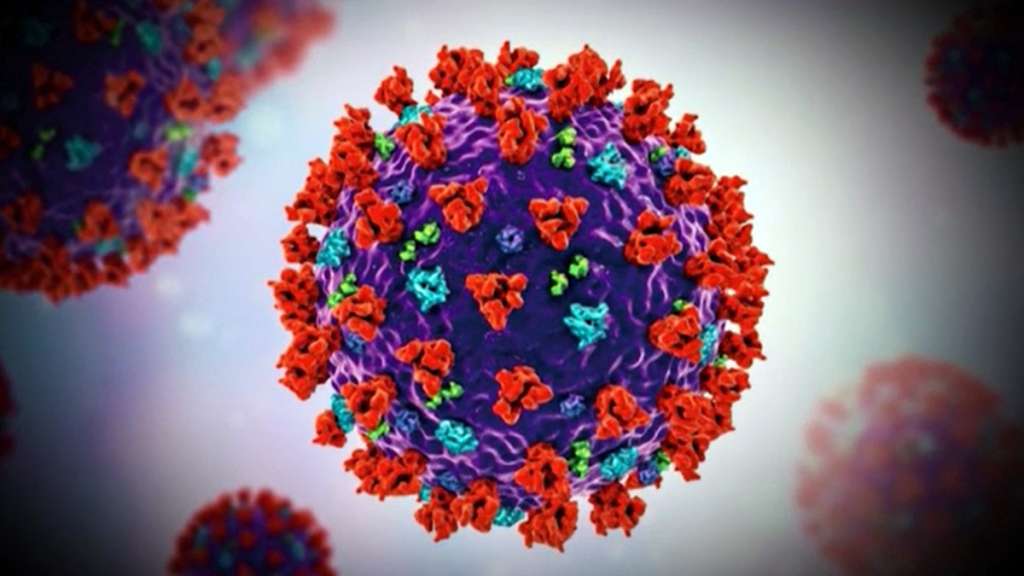TORONTO (CTV Network) — Where you sit on a public bus, train or subway can determine your level of exposure to exhaled droplets, including those that may be carrying COVID-19, according to a new study.
Published in the peer-reviewed journal Physics of Fluids, the study analyzed what happens when speech droplets are exhaled from a row of sitting passengers in a ventilated space, such as those found in public transit vehicles.
In the ventilation systems of some of these spaces, air is injected at the top and extracted at the bottom through vents near the windows. The researchers found droplets after exhalation from passengers sitting in window seats rose more and invaded the space of other passengers to a lesser degree.
In addition, droplets from middle-seat passengers contaminated aisle-seat passengers more than window-seat passengers. Droplets released from passengers in aisle seats were dragged down by the ventilation system immediately.
To study how public transit ventilation systems can transmit viruses and how exhaled droplets move around in these spaces, the researchers developed a detailed model that involves air and droplet dynamics, heat transfer, evaporation, humidity and effects of ventilation systems.
“By visualizing the droplets and the flow, you realize the number of physical phenomena taking place around us that go unnoticed, such as the complex interactions between natural body plumes, exhalation and ventilation,” study co-author Carlos Peña-Monferrer of IBM Research Europe said in a news release. “When it comes to preventing risk of infection, this is precisely what makes it difficult to contain.”
The researchers examined various scenarios, such as situations where passengers in different seats pronounced a vowel for a few seconds. They created a detailed representation of the air flow field and tracked every single droplet, which allowed them to reconstruct their ventilation paths.
In future experiments, the team plans to reproduce conditions that more closely resemble the diverse human activities displayed on public transportation vehicles. It could help with the design and operation of future ventilation systems to create safer environments.
“These high-resolution simulations were focused on public transportation vehicles, but they could be extended to commercial or residential buildings, health-care facilities, offices or schools,” Peña-Monferrer said.
In a bid to improve air circulation, the Toronto Transit Commission announced on Dec. 18 that windows on buses would remain opened. The windows won’t be fixed open, at least for now, and customers may close them at their convenience
Public transit ridership dropped significantly across Canada at the onset of the COVID-19 pandemic. Some systems have experienced mild recovery, but also fear they may not reach pre-pandemic levels for years to come.
(Copyright (c) 2024 CNN. All Rights Reserved. This material may not be published, broadcast, rewritten, or redistributed.)

